The Cabinet Office has unveiled estimates of horizontal vibrations of tall buildings in Tokyo, Nagoya and Osaka in case they are hit by slow shaking motions from a mega-quake predicted to occur along the Nankai Trough in the Pacific Ocean.
The estimates come from the first study of its kind. So far sufficient attention has not been paid to the effects of this phenomenon, which is known as long-period ground motions. Slow-shaking quake motions of this kind can damage skyscrapers even if they are located far from the epicenter.
Organizations and people concerned — businesses, local governments, hospitals housed in such buildings as well as residents of high-rise condominiums — need to take precautionary measures to minimize possible damage to their property and ensure people's safety.



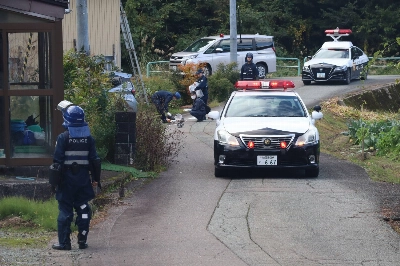


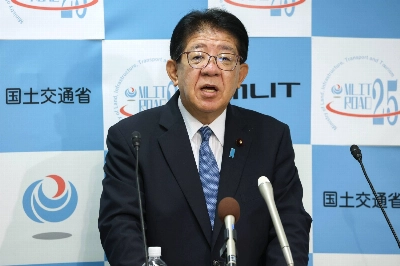
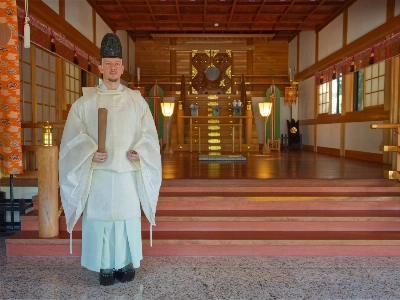


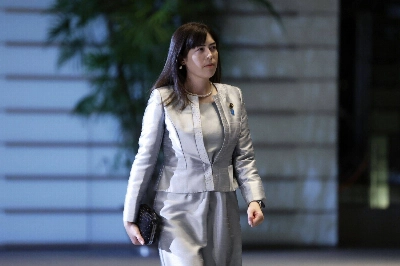

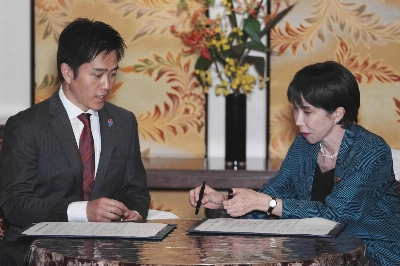





With your current subscription plan you can comment on stories. However, before writing your first comment, please create a display name in the Profile section of your subscriber account page.